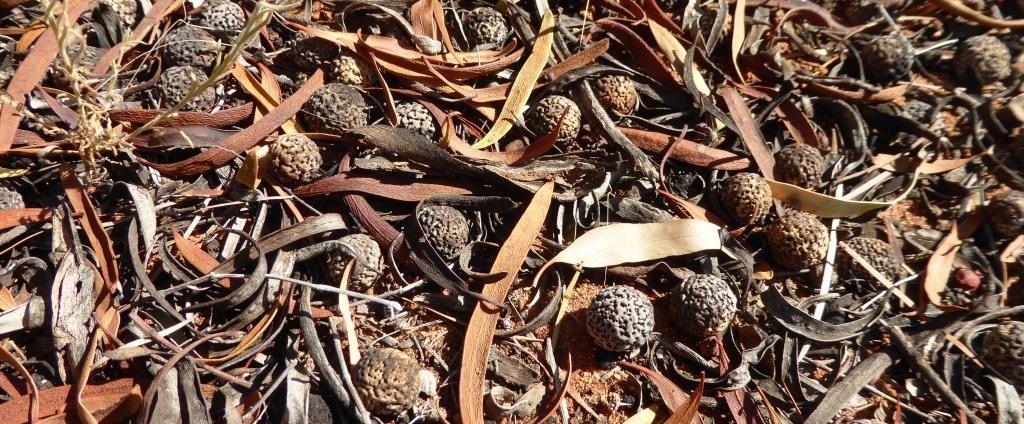
Bruce and Meg Simmons moved to Schaber Road in 1993, initially moving into a shed while the house construction was being completed. As an avid gardener, Bruce has been working tirelessly to remove weeds from their 2.0 hectare property ever since.
Bruce was ‘Buffel busting’ within the year—beginning with the western (roadside) portion of the property and working his way to the east. Shortly after beginning the Buffel Grass (Cenchrus ciliaris) removal from their property, the efforts spilled over onto the roadside verge adjacent to the block.
Around ten years ago, the whole street verge went under the mattock, with efforts ramping up in the last three years. Bruce has an agreement with many residents in the street that he is free to remove Buffel Grass inside the fence-line of their property. They are happy to have the help and Bruce enjoys the additional activity that it brings. Bruce’s enthusiasm for landcare is catching—with a property to the south of the Simmons’s now wishing to take on the Buffel busting challenge and signing up with Land for Wildlife to seek information resources and assistance.
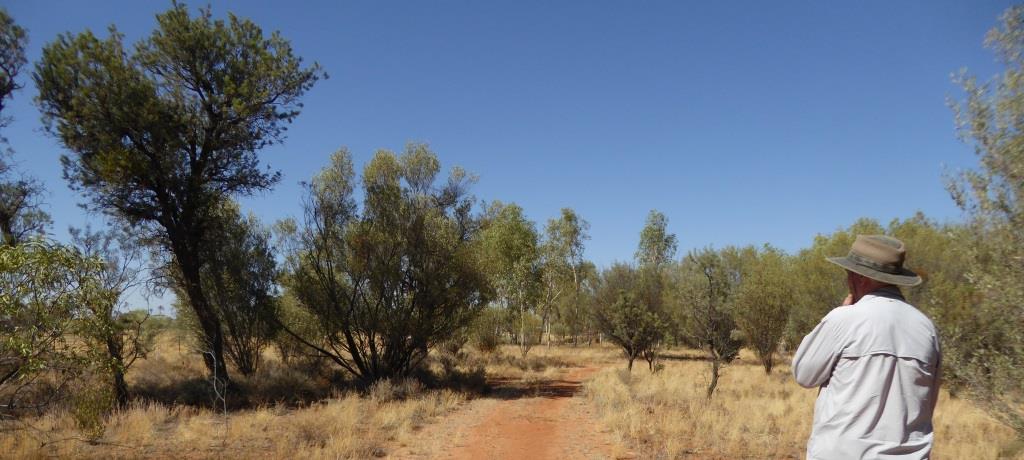
So what started this venture? Bruce Simmons had sought some information and advice from Clary Smith, who was running Olive Pink Botanic Garden at the time. Bruce was concerned about the effect of removing Buffel Grass on erosion. Clary had given Bruce the go-ahead and so on he went! Bruce’s concerns were quickly alleviated, as the Buffel Grass made way for a host of native species that kept erosion issues in check.
A bore was installed early on and drip-irrigation was put in place along the western end of the property (which sits roughly 3 m higher in elevation than the eastern end). The irrigation assisted the germination of natives post Buffel Grass removal and resulted in an abundance of native grasses, herbs and forbs establishing naturally. The first to re-establish on this sandy portion of the property were the Kerosene Grasses (Aristida sp.), Small Yellow Button (Chrysocephalum apiculatum) and Ruby Saltbush (Enchylaena tomentosa var. tomentosa). Many mid-level shrubs such as Cassia (Senna artemisioides ssp.) and Fuchsia (Eremophila sp.) germinated freely. Colony Wattle (Acacia murrayana) were the first of the larger species to colonise the area, with the assistance of the irrigation.
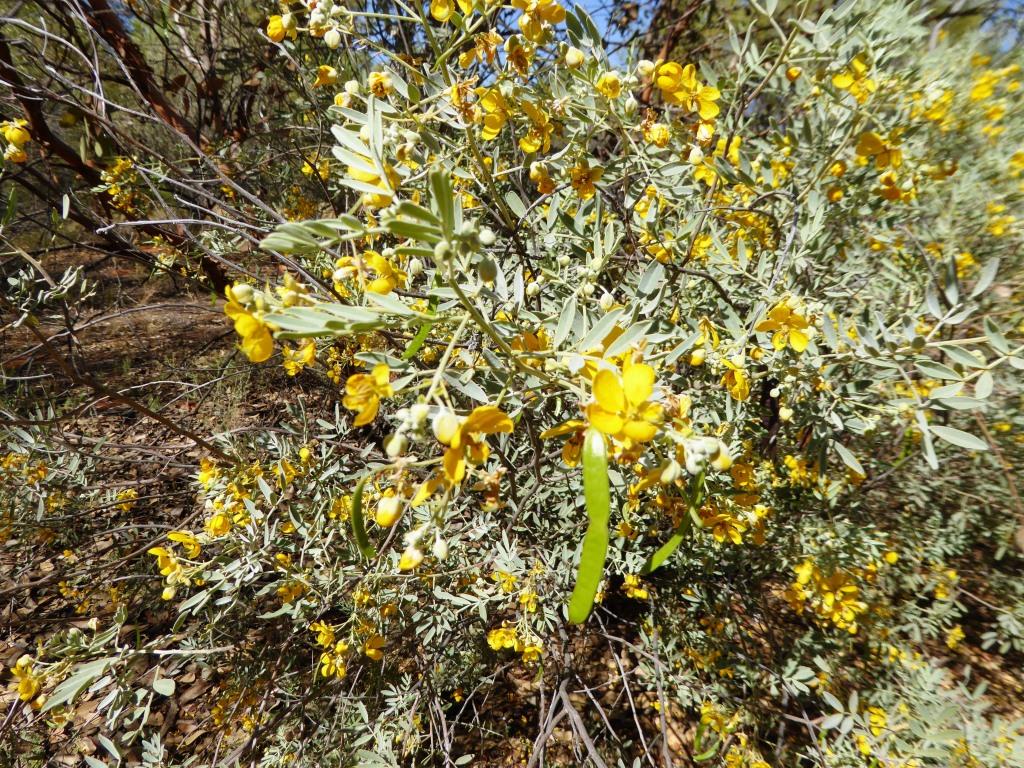
A few prickly herbs have also taken hold, including Buckbush (Salsola tragus tragus) and Bogan Flea (Calotis hispidula). These aren’t removed as they are native and provide seed for some of the birds such as Galahs (Eolophus roseicapillus) and Red-tailed Black Cockatoos (Calyptorhynchus banksii). The Simmons’ don’t mind their prickly nature and leave them be in favour of the benefits they provide.
The property slopes down to the east, resulting in an abundance of Ironwood (Acacia estrophiolata) and Witchetty Bush (Acacia kempeana) in the eastern third of the property. Heavy rains can cause the north-east corner to flood if the river breaks.
Bruce has refrained from doing extensive revegetation but admits that he deliberately planted a few species around the property. Such species include Quandong (Santalum acuminatum) to the west of the property (which now grow very successfully!), and Whitewood (Atalaya hemiglauca) to the east of the property.
The Simmons family has also been busy establishing an orchard and poultry yard to the east of the house, as well as a flourishing vegetable garden. Bruce spends several hours a day in his garden and also assists with the running of the Alice Springs Community Garden.
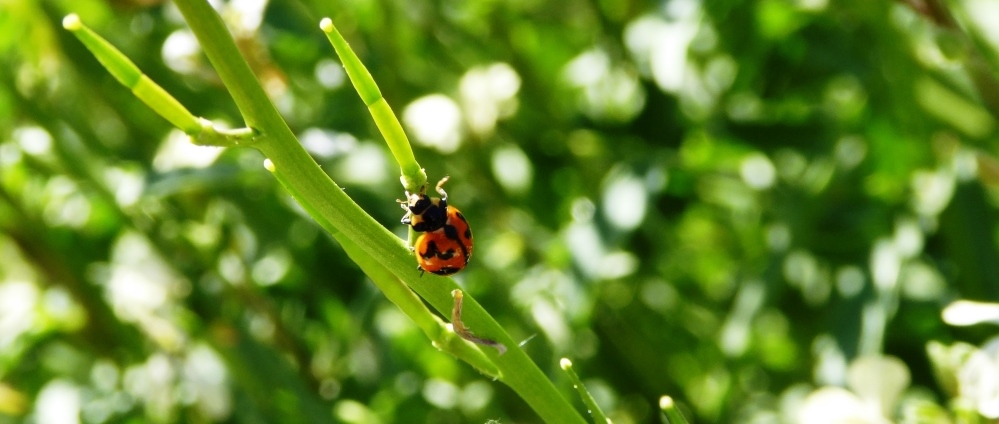
Additional landcare initiatives taken on include rabbit proofing the perimeter fence and enforcing a closed front gate. The Simmons family would regularly chase introduced Rabbits (Oryctolagus cuniculus) out of the yard if they slipped in through the driveway to help prevent grazing of small forbs. The benefits for natural regrowth are clear, with many shrubs having little issue in becoming established.
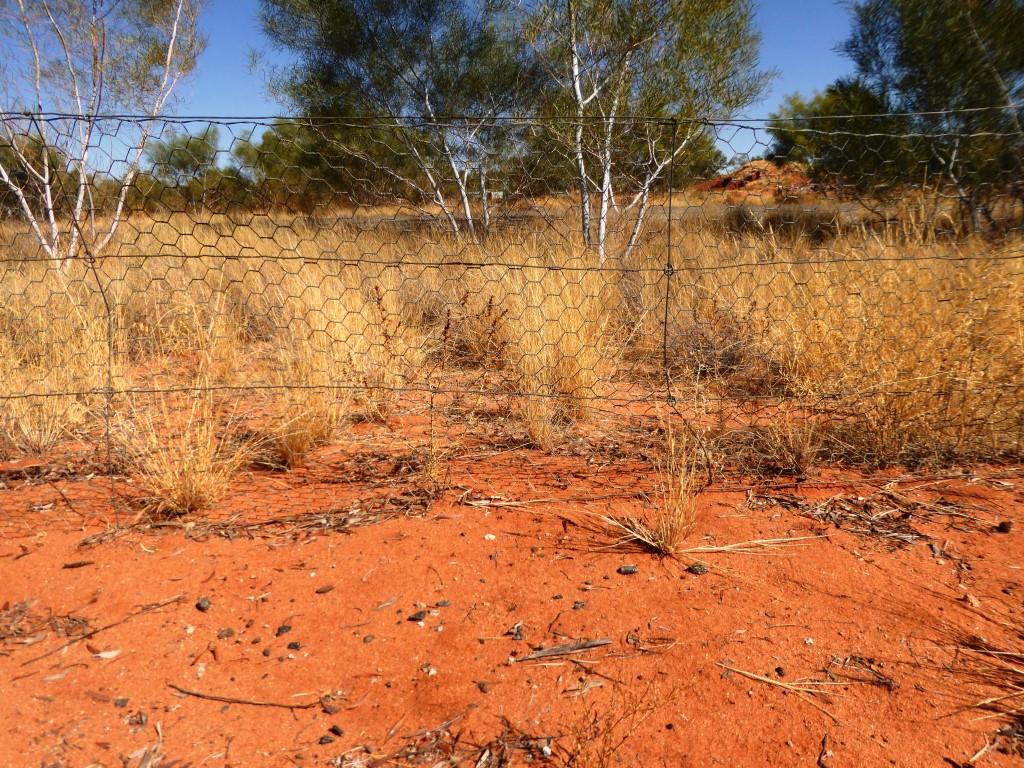
They still have the occasional challenge with fruit fly and grasshopper plagues, and the Buffel Grass regrowth after rain. Seed is able to blow in from neighbouring properties and the strip of land to the west (towards Amoonguna). Young growth is removed quickly before seeding and keeps Bruce on his toes.
Bruce signed up with Land for Wildlife in 2004 and the transformation on the property since this time has been remarkable (see inset satellite imagery from 2004 to 2016). Unfortunately, satellite imagery isn’t available as far back as 1993 to see the change over time since the property came under ownership of the Simmons family, however we are sure that it would be even more dramatic!




The Buffel Grass removal efforts are also clear when viewing images from 2004 and 2017 side by side. There has been a dramatic increase in the abundance and diversity of groundcovers and small shrubs, particularly to the west of the property where the Buffel busting began.
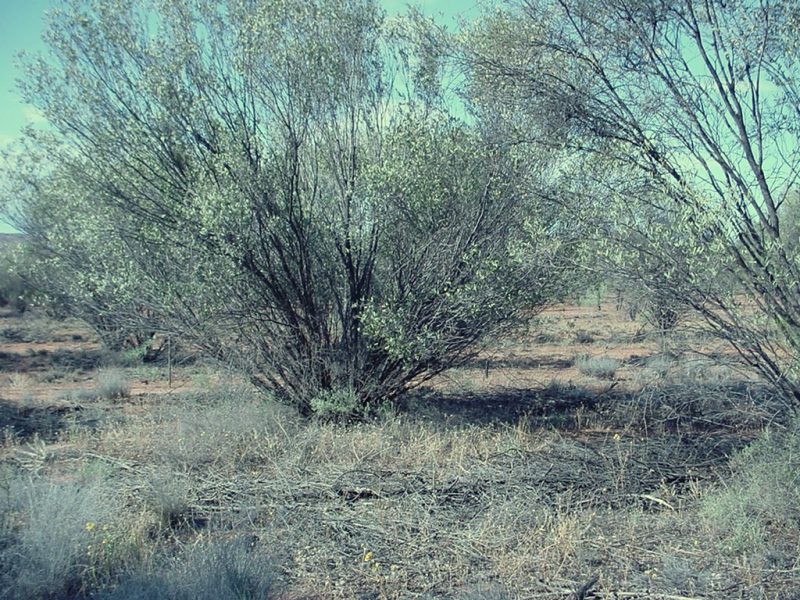

Buffel Grass has been actively removed from the west portion of the property since the mid-1990’s. Many groundcovers and small shrubs have responded well to reduced competition for nutrients and increased water access through irrigation.
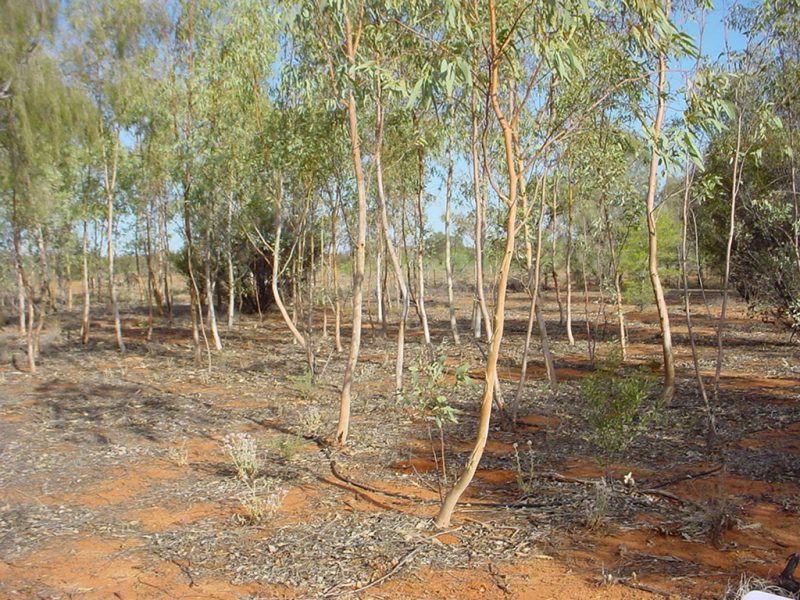
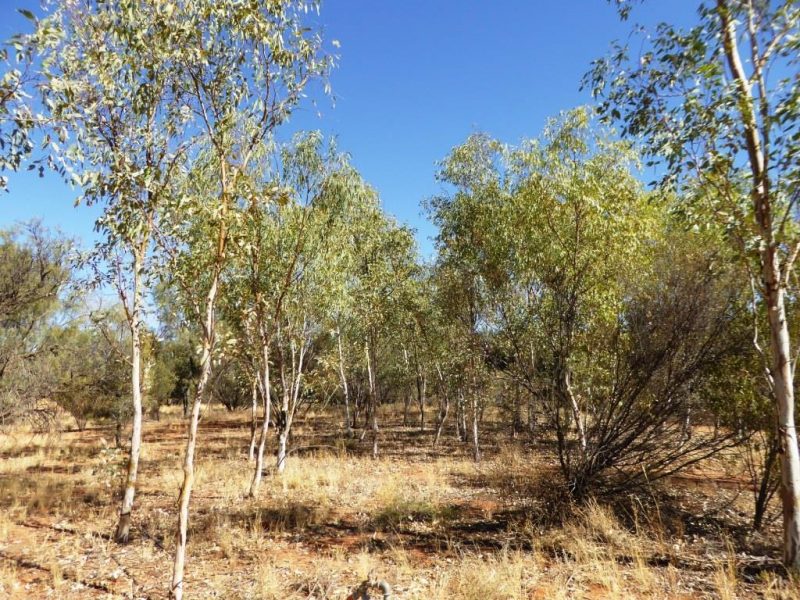
The deliberately-planted woodlot to the south-east of the property has been slow in its growth, but the groundcover has responded well to recent rains. Buffel Grass is still a challenge, but the impact of its removal for native forbs is clear.
Land for Wildlife has provided Bruce with additional information, advice and support over the thirteen years of his membership, but Bruce was already well and truly succeeding with his habitat conservation efforts before joining the team. The Simmons family have worked hard to remove invasive weeds to allow the natives to re-establish and provide habitat and food for native wildlife. Has it all paid off? Absolutely! The property is home to a diverse range of avian and reptilian fauna, including Cockatoos, Honeyeaters, Lizards and Goannas.
Bruce showed off his great work in a recent Biodiversity Matters Buffel Busting Tour coordinated by Land for Wildlife and Arid Lands Environment Centre. You can read more about the tour in the February 2017 Newsletter, or watch the video of the Buffel Busters Tour on the Land for Wildlife YouTube channel.
You can read more about Bruce’s Buffel busting efforts in the Land for Wildlife July 2016 Newsletter or at the blog:
Categories:
Biodiversity, Ferals, Gardening, Native Fauna, Plants, Property Profile